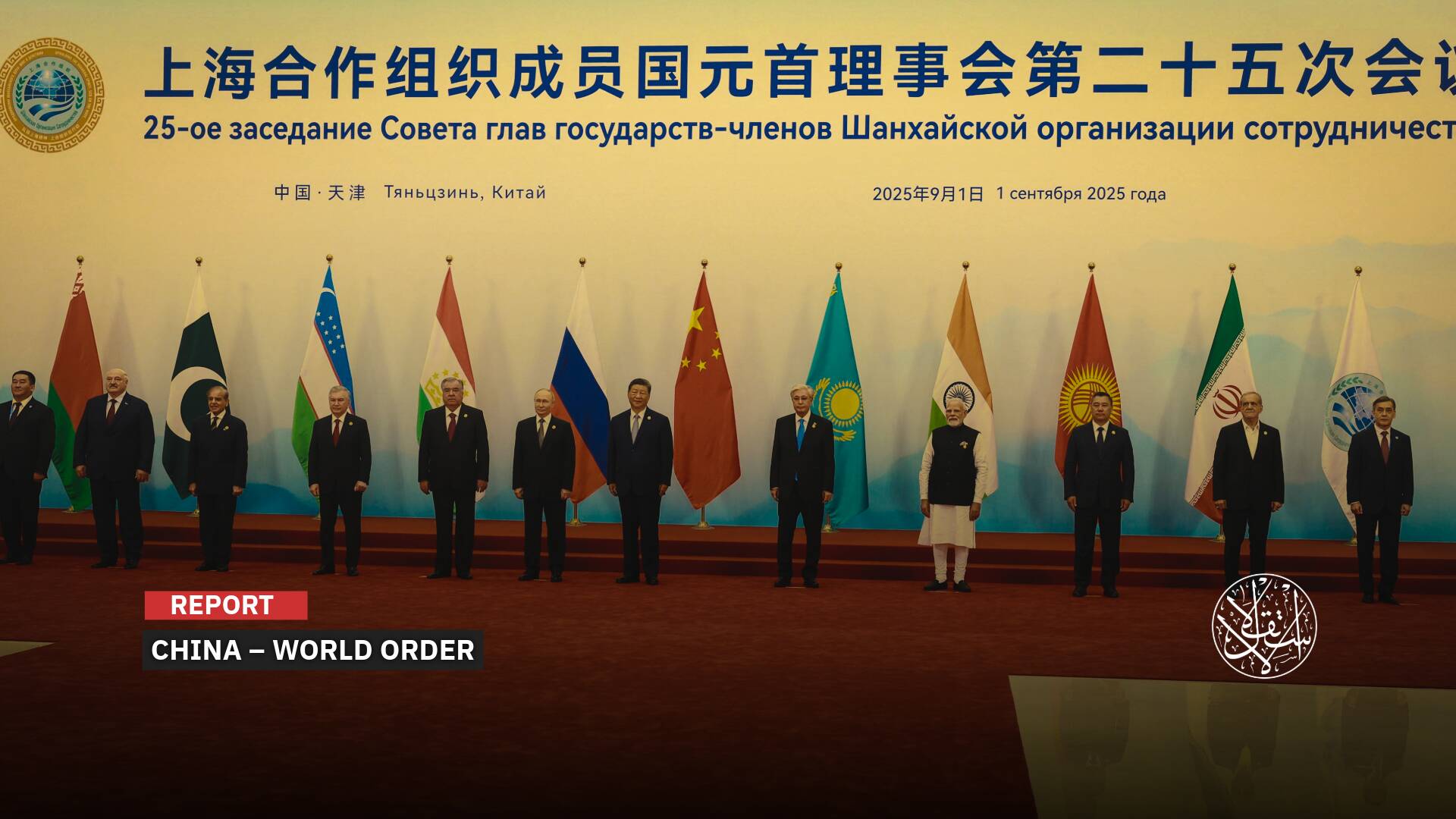Is the United States Going through the Worst Fertility Crisis in Its Modern History?

The United States faces a predicament, with fertility figures at an all-time low and a rise in celibate unions.
For years, the specter of overpopulation has loomed in public discourse, yet in developed nations, it’s the prospect of dwindling birth rates that alarms demographers.
Japan disclosed a troubling forecast: up to a third of its 18-year-old women may remain childless, a consequence of the persistent “sex recession” afflicting the nation.
According to official statistics, the nation’s fertility rate has seen a steep decline, from 1.5 in 1992 to just 1.34 children per woman as of 2020.
The repercussions of this birth dearth are tangible — Japan’s economic momentum has faltered, stripping it of its status as a global financial powerhouse.
Japan not only grapples with one of the globe’s most meager birth rates but also boasts a high life expectancy, leaving it with an aging populace, a contracting labor force, and a diminishing tax base.
U.S. Predicament
Similarly, the United States faces a parallel predicament, with fertility figures at an all-time low and a rise in celibate unions.
Specialists have voiced concerns to Daily Mail that the U.S. could encounter a myriad of challenges, including economic stagnation and strains on pension systems, should the birth rate not recover.
The mid-20th century witnessed a baby boom in America, with the average woman bearing three to four children. Presently, that figure has plummeted to 1.6 — the lowest since records commenced in 1800.
Dr. Phillip Levine, an economics professor at Wellesley College, Massachusetts, sees no imminent reversal of this trend.
He opined that fiscal enticements, akin to those Japan offers to larger families, fail to substantially elevate birth rates, suggesting a future where low fertility is the norm.
In January 2023, Japan augmented its incentives, proposing 1 million yen (approximately $7,500) for each child to families relocating from greater Tokyo, supplementing an existing 300,000 yen ($2,000) relocation aid.
While it’s premature to gauge the long-term effects, experts remain skeptical.
Levine said in media statements that the necessity of economic restructuring to sustain the nation is inevitable, cautioning that job losses in sectors like manufacturing and construction are inevitable, shifting toward eldercare and related services.
Such transitions, he warns, could ultimately undermine societal harmony and economic vitality.
Static Rate
Demographic specialists who anticipated a surge in birthrates beginning in 2021 were met with a plateau in 2022. Birth numbers remained static, and the overall fertility rate dipped slightly by 1%.
The year 2022 in the U.S. saw 56 births per 1,000 women in their prime reproductive years in the United States.
This information comes from the latest release by the Centers for Disease Control and Prevention’s National Center for Health Statistics on Wednesday.
With the persistent decline of the U.S. birthrate, experts are concerned about the potential impact on individual well-being and broader societal implications.
Wendy Wang, director of research at the Institute for Family Studies, in an interview with the Deseret News, says that marriage significantly influences married women to have higher fertility rates than their single counterparts, leading to an overall reduction in fertility with fewer marriages.
Wang pointed out that studies suggest women with children, particularly those who are married, report greater happiness compared to those without. She argues that parenthood enhances emotional well-being throughout one’s life.
However, she acknowledged a downward fertility trend since the 2008 financial crisis, reaching a nadir during the 2020 pandemic in the United States.
The benchmark replacement level fertility of 2.1 births per 1,000 women is fading into history; the 2022 figure for the U.S. stood at 1.665 births per 1,000 women.
Emily Harris, a senior demographer at the Kem C. Gardner Policy Institute at the University of Utah, explained to the Deseret News in May that it’s typical for immigration, which contributes to population growth and fertility rates, to fall amid economic instability.

Troubling Statistics
The National Center for Health Statistics also highlighted shifts in birthrates across age groups: a 2% decrease for teens aged 15–19, a 7% decrease for young adults aged 20–24, and increases of 1%, 3%, and 5% for women aged 25–29, 35–39, and 40–44, respectively. The rate for women aged 30–34 remained unchanged from the previous year.
In total, 3,667,758 births were recorded in 2022, a negligible difference from the 3,664,292 in 2021.
The cesarean delivery rate held steady at 32.1% in 2022, mirroring the previous year’s figure. It had seen a 1% increase between 2020 and 2021.
The preterm birthrate decreased by 1% to 10.3%, following a 4% rise the year before. The declining birth rate raises concerns among experts like Wang about the long-term effects of a reduced population.
“We need a robust population to underpin a nation,” Wang stated. She emphasized the dual role of individuals as consumers and workers, with a strong labor force being vital for economic health.
An unsustainable population structure, with a large aging demographic and a diminishing younger workforce, could precipitate an economic crisis, she warned.
For an extended period, specialists have alerted that a drop in birthrates may eventually lead to the shuttering of educational institutions, reductions in welfare programs, a stagnation in innovation, and a scarcity of skilled labor, among other issues.
At the community level, this trend could impact the ability to sell what is often a family’s most significant investment: their home.
“The connection between housing demand and demographic shifts is often overlooked,” noted Wang recently. “Housing needs are driven by population size. With fewer people, the need for homes diminishes.”
She pointed out that the current shortage in housing obscures potential future impacts. However, nations with older demographics, such as Japan and China, offer a glimpse into possible outcomes, including real estate market downturns.
A 2022 Shrinking American Motherhood report by Wang and her team revealed that among women aged 40–44, 1 in 6 has never had children, a rise from 1 in 10 in 1980. Additionally, many are postponing parenthood.










